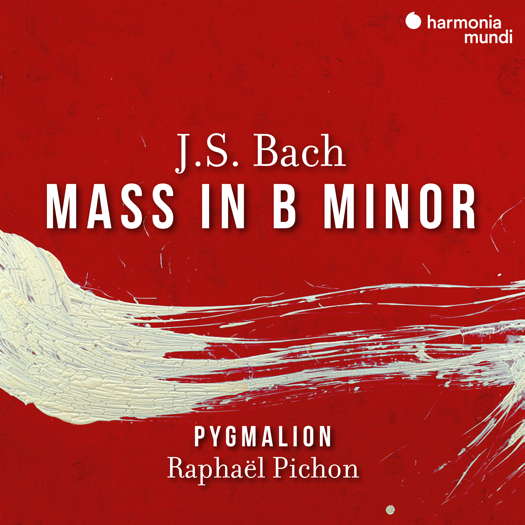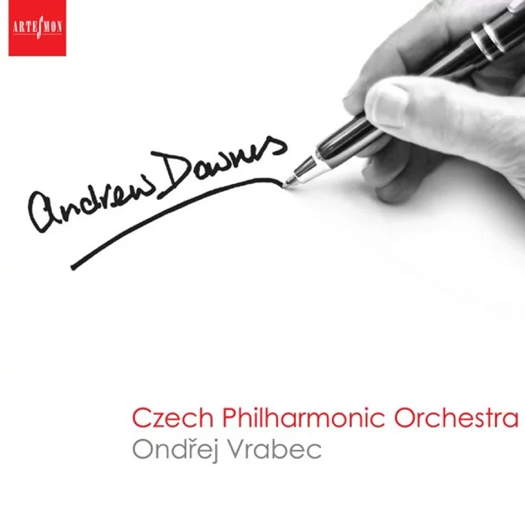 CENTRAL ENGLAND: Mike Wheeler's concert reviews from Nottingham and Derbyshire feature high profile artists on the UK circuit - often quite early on their tours.
CENTRAL ENGLAND: Mike Wheeler's concert reviews from Nottingham and Derbyshire feature high profile artists on the UK circuit - often quite early on their tours.

Enchantingly Luminous
GERALD FENECH strongly recommends Raphaël Pichon's new recording of J S Bach's B minor Mass
'... this reading possesses a fluent and exuberant aura that brings out all of Bach's genius with enviable clarity and superbly controlled tempi.'
Sublime, extreme and all-embracing are some of the superlatives needed to describe J S Bach's Mass in B minor. In between an awe-inspiring 'Kyrie' and the jubilant final 'Dona nobis pacem' there are nine completely unique arias and duets, fourteen impressive ensemble sections for four, five, six and even eight voices, a broad spectrum of instrumental solos and an incredible variety of styles. It was with good reason that in 1748-49 Bach brought together some of the highlights of his long career.
Listen — J S Bach: Kyrie (B minor Mass)
(HMM 902754.55 CD1 track 1, 0:02-0:48)
℗ 2025 Harmonia Mundi Musique sas :
The Mass even includes Bach's very last pages of vocal music, the 'Incarnatus Est', right alongside the 'Crucifixus', a clever arrangement from one of his earliest cantatas, composed in 1714.
Listen — J S Bach: Et incarnatus est (B minor Mass)
(HMM 902754.55 CD2 track 4, 0:00-0:53)
℗ 2025 Harmonia Mundi Musique sas :
There has been much speculation about the question of why Bach compiled a Mass at the end of his life. Today this great masterpiece is generally regarded as the 'magnum opus' of his vocal works, and Bach may have opted for the Ordinary of the Mass because it gave him a lot of freedom. Also, there are no rules about the number of movements that should be included. Furthermore, the words of the Mass - unlike those of the cantatas - are universal rather than being a product of their time.
Bach compiled his Mass largely of existing music, coming predominantly from his cantatas. The initiative for the complete Mass dates from July 1733 when Bach presented parts of the work to King August III in Dresden. It was the start of a series of five 'Lutheran' masses comprising only the 'Kyrie' and 'Gloria' which all originated in the 1730s. Whereas Bach's text did differ somewhat from the Roman Catholic liturgy, such a restricted setting was quite common at the Catholic Court of Dresden.
Listen — J S Bach: Gloria in excelsis Deo (B minor Mass)
(HMM 902754.55 CD1 track 4, 0:00-0:30)
℗ 2025 Harmonia Mundi Musique sas :
Bach only compiled the last five movements of the Mass when he notated the whole work in a score in 1748-49 and it is in this final version that this great choral masterpiece has come down to us.
Listen — J S Bach: Benedictus (B minor Mass)
(HMM 902754.55 CD2 track 12, 2:49-3:48)
℗ 2025 Harmonia Mundi Musique sas :
I must point out that this rather protracted information is not enough to really give a detailed history of how this Mass came into existence. This is all laid out in the booklet essay, which is a veritable goldmine on how Bach managed to arrive at his supreme artistic goal in the last year of his life. Do read it before you immerse yourself in this unique musical experience.
If you are still without a recording of this immense piece and are still looking for one, I strongly recommend this inspiring version by Raphaël Pichon. Indeed, competition is as stiff as anyone can imagine, but this reading possesses a fluent and exuberant aura that brings out all of Bach's genius with enviable clarity and superbly controlled tempi.
Listen — J S Bach: Dona nobis pacem (B minor Mass)
(HMM 902754.55 CD2 track 15, 0:00-0:59)
℗ 2025 Harmonia Mundi Musique sas :
This is a profoundly spiritual journey rich with jubilant moments and powerful affirmations of what is to come when our mortality is dissipated in the glorious light that never ends. Enchantingly luminous all along.
Copyright © 21 March 2025
Gerald Fenech,
Gzira, Malta




